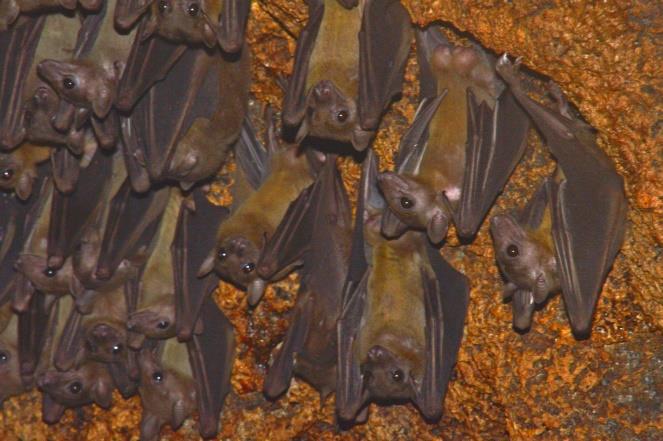Beryl Achieng Makori
Other projects
16 Jun 2016
Bat Habitat Use in Mangrove Forests with Differing Disturbance Levels, Northern Coastal Kenya
The project aims at getting an idea of the populations and dynamics of bats in the three caves and sensitizing local communities through an outreach program on the ecological importance of bats.

The project will be focused on three coral caves in the North coast of Kenya near Watamu town; Makuruhu, Pangayambo and Watamu caves. The bat species that have been sighted in these caves are; Hipposideros caffer, Triaenops afer, Miniopterus africanus, Miniopterus minor, Coleura afra, Taphozous hildegardeae, cardioderma cor and Rousettus aegyptiacus. The project will comprise of eight 7-day trips, each trip in a different month of the year.
The first two months will involve interviewing the communities around the caves using questionnaires. The questionnaires will focus on how the people perceive bats, any human bat conflict and how they can be mitigated, benefits from the bats to the local communities and their opinions and views on bat conservation.
The third, fourth and fifth months will involve mapping the area around each cave and the number of individuals of each species in each cave will be estimated and the sixth, seventh and eighth months, will be dedicated to two workshops and community outreach programs, involving community members, selected staff from local government environmental agencies, local NGOs and any other stakeholders around the caves.
The project will provide scientific baseline information on bat abundance in the caves as a basis for monitoring bat population changes vis-à-vis local perturbations, seasonal climatic changes and possible climate change. Basic guidelines will also be established for the conservation of bats and management of the caves as tourist sites and this will be implemented by the KWS staff and the community members trained at the workshops. Apart from the above, the project will bring together local staff from government environmental agencies like the Kenya Wildlife Service (KWS), the Kenya Forest Service, Kenya Forestry Research Institute and the local community to find ways of protecting bats via prioritization of important caves and the bats therein, but also promote bat-based tourism in the area.